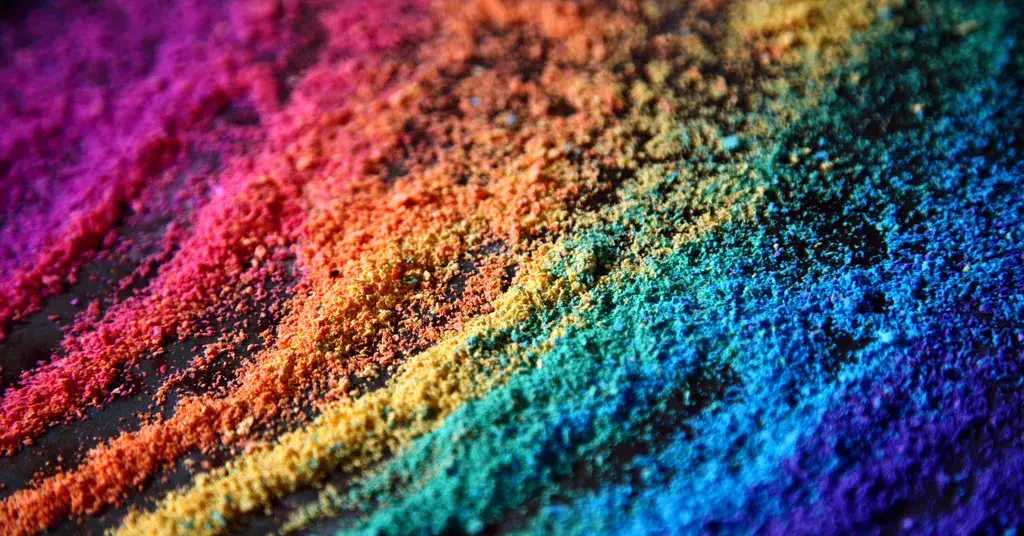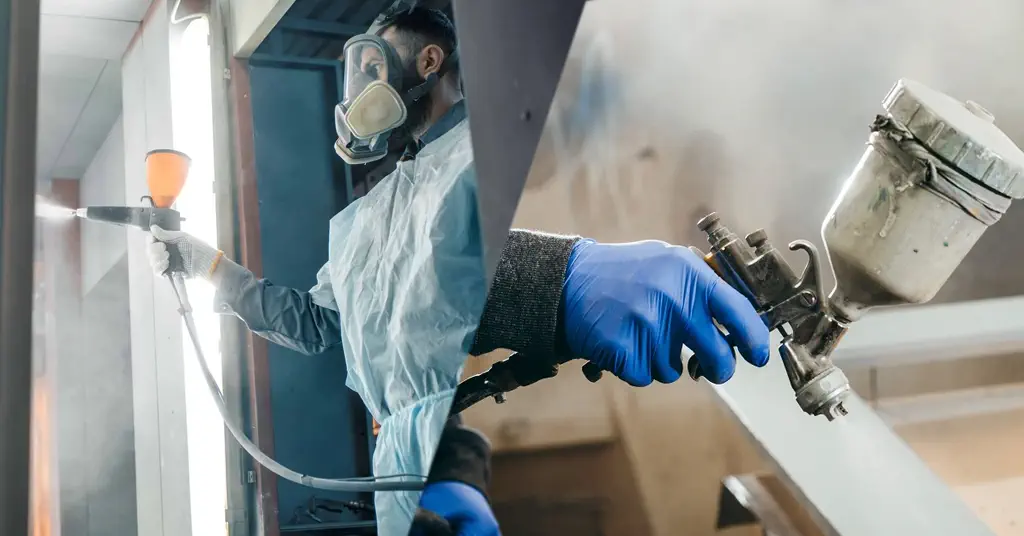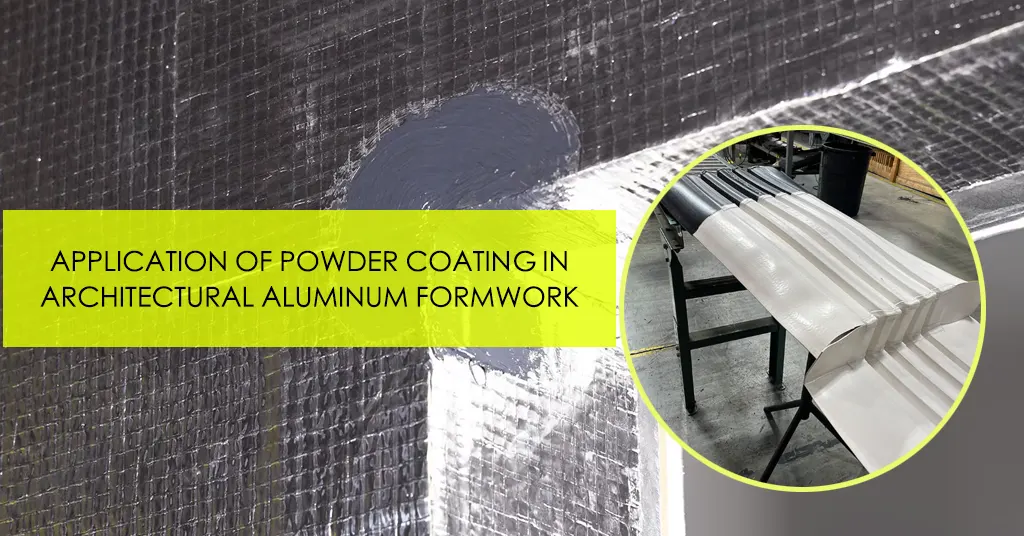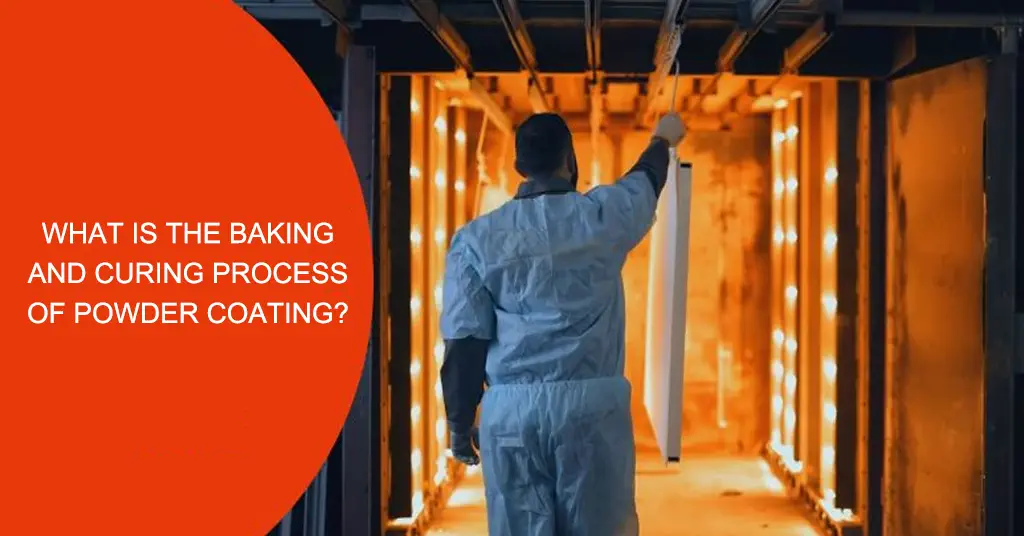Factors to consider when choosing powder coating additives
Table of Contents
Additives for powder coatings refer to additives added to powder coatings that can improve their performance or process properties. There are various types of additives for powder coatings, which can be divided into dispersants, leveling agents, defoamers, matting agents, anti-static agents, curing agents, and so on according to their functions. The correct selection of additives for powder coatings has a significant impact on the final coating effect of powder coatings. This article will introduce you to the relevant factors that should be considered when selecting powder coating additives.

1. Compatibility between powder coating additives and resins
hen selecting additives, the first thing to pay attention to is compatibility with the resin. Powder coating additives must remain stable in the powder coating for a long time in order to exert their expected effectiveness. So the additives for general powder coatings should have good compatibility with epoxy resin, polyester resin, acrylic resin, etc.
How to compare the compatibility between powder coating additives and resins? Usually, the structural similarity between powder coating additives and resin powders is compared.
For example, leveling agents are the main additives in powder coating production, which can reduce the surface tension difference of the coating film, play a role in film homogenization and eliminate shrinkage, and make the cured coating film achieve a smooth and glossy surface. When in use, additives with carriers such as E-12 carriers cannot be used in formulations with pure polyester systems. The same goes for brighteners. For example, the commonly used B68 type chemical extinction agent containing cyclic amidines and polyoxometalates is only suitable for systems with epoxy. If used in other systems, not only will it lose its intended effect, but it will also have a negative impact on the coating film
2. Adaptability of powder coating additives to production processes
When designing the formula for certain powder coating additives, it should be considered that due to the harsh production process conditions, such as high temperature, low temperature, high-speed shearing, etc., the decomposition and volatilization of powder coating additives may lead to formula failure. Some pattern powder coating additives cannot be extruded together with the base material by the extruder, but are later added to the finished powder, only in this way can the desired pattern be displayed. Because during the extrusion and melting process, the pattern additive has already been pre reacted, resulting in no pattern or different pattern sizes, tactile sensations, and three-dimensional effects during film formation.
In the process of combining two or more additives with the base material, in order to fully exert the effectiveness of the additives, they must be fully dispersed in the powder coating base material and can be combined with the base material in different feeding orders. Experienced technical engineers know that the order and process conditions of mixing or adding various powder coating additives with substrates into the finished product process are very important, as they directly affect the mixing effect and coating performance.
3. The Multiple Effects of Powder Coating Additives in Powder Coatings
Some powder coating additives not only play a major role, but also have dual or multiple effects. Therefore, when designing the formula, it is necessary to consider comprehensively, such as adjusting the dosage in the formula or simplifying the formula. For example, zinc oxide is a common chemical that can replace a portion of titanium dioxide as a white pigment; Simultaneously, it has a certain degree of conductivity and is suitable for applications that require anti-static or conductive properties; It also has the function of shielding ultraviolet rays, especially for 240-380 μ The UV light in the range of m has good protection ability; In addition, it also has anti mold, bactericidal effects, and improves the coating performance of resins containing carboxyl groups. It is evident that choosing an effective additive requires a thorough understanding of its various functions.
4. Fully utilize the mutual effects between powder coating additives
The synergistic effect of powder coating additives refers to the synergistic effect of two or more additives when used in appropriate combination. Of course, the opposite of the synergistic effect is the antagonistic effect. For example, the combination of carbon black and thiophenol antioxidants in pure polyester outdoor powder coatings has excellent synergistic antioxidant effects. However, when used together with steric hindered amine or phenolic antioxidants, the original stabilizing effect of the coating is weakened due to the antagonistic effect.
5. The influence of powder coating additives on the performance of powder coatings
While powder coating additives play their normal role, they may sometimes have adverse effects on certain properties of powder coatings. This is closely related to the amount of additives used. At present, there is a low-temperature curing agent on the market that can cure powder coatings into a film at 120 ℃ within 30 minutes, which is certainly what we need. Because such low curing conditions can bring huge economic benefits and provide application possibilities for materials that cannot be baked at high temperatures, greatly expanding the application field of powder coatings. But adding this low-temperature curing agent will have a significant impact on the adhesion of the coating. These are all factors that we should fully consider when selecting powder coating additives when designing formulas.
6. The Restriction of the Use of Powder Coatings on Powder Coating Additives
The application of powder coating additives is often limited by the ultimate use of powder coating films. Different types of powder coatings have requirements for the color, odor, pollution resistance, durability, electrical properties, heat resistance, and cold resistance of powder coating additives.
In addition to the above considerations, price should also be taken into consideration. Although powder coating additives have a small proportion in the powder coating formulation system, their prices are generally very expensive. Therefore, it is possible to choose several products of the same type from different manufacturers for comparative testing, and under the same effect, choose products with low prices.
Conclusion
The key to selecting powder coating additives lies in considering their compatibility with resins and adaptability to production processes. In addition, its multiplicity in powder coatings, its interaction with other additives, and its impact on the performance of powder coatings are all factors that must be comprehensively considered when designing formulations. Smart utilization and coordination with different additives can optimize the production of powder coatings and improve product quality.

Erik
Doctor of Chemical Engineering, expert in the field of powder coatings, with over 20 years of professional experience in the research and application of powder coatings
Have Anything To Ask Us?




